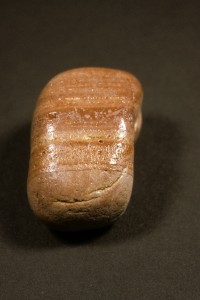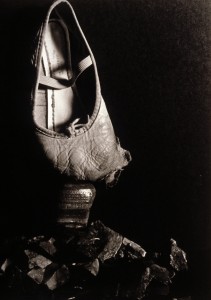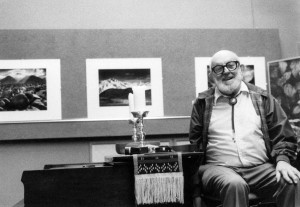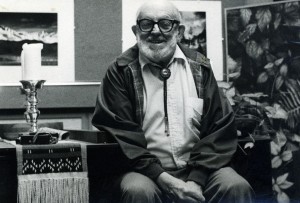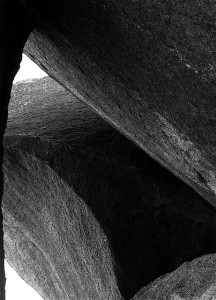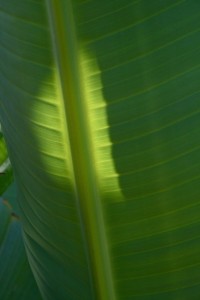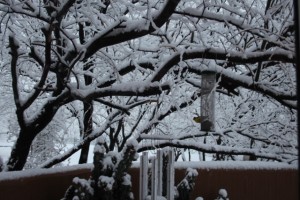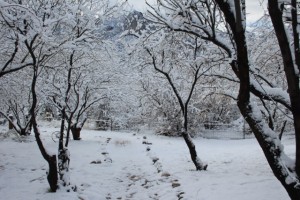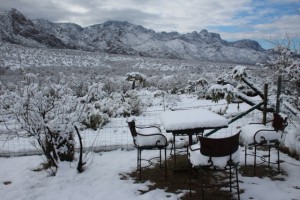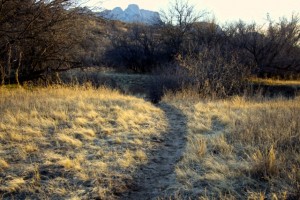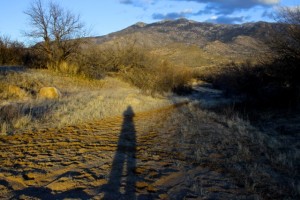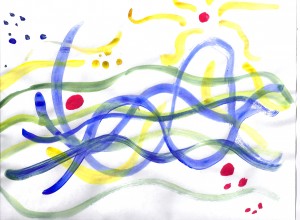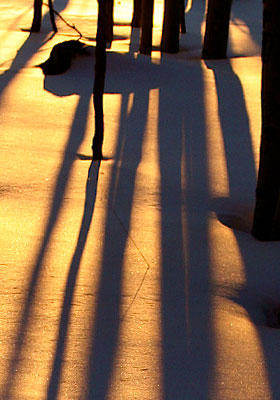“This world is but a canvas to our imagination.”–Henry David Thoreau
When I traveled in Nepal, Tibet and Bhutan last fall, I was of course struck by the wealth of sacred art. The particular ceiling in this photo was taken in a private home, so these arts are not relegated to skilled monks or to antiquity–they are still practiced by village craftsman. (Granted, in Tibet these craftsmen are an endangered species, since the Chinese are co-opting and controlling everything about Tibetan culture.) Imagine living in a home where your neighbor painted this extraordinary piece of art.
How would looking up at such a ceiling every day affect your vision of the world?
I think sacred arts have been created for many reasons, but one of them must be that the piece of art preserves the vision of the sacred world–and the invisible one–and passes this vision forward, preserving it as part of reality.
When we create any kind of art we are preserving or encoding a view we have of a certain aspect of reality. In that sense, what we saw when we made the piece is what we get as a future.
There’s another sense in which “what you see is what you get.” All the theories that abound today about creating your own reality are based on the idea that our thoughts can become manifest. And our thoughts are largely visual. It’s as though we have a vision–whether it be of ourselves coming down with a cold, or reuniting with a friend–and often we are either grabbing a tissue or answering the phone, delighted at the “coincidence.”
Vision has been proven to affect performance so strongly that most serious athletes visualize that perfect high dive or ski run. Since I’m recuperating from foot surgery and don’t want all the muscles in my left leg to forget they’re muscles, I’m picturing myself dancing, hiking and walking on the sand. Science tells me that my muscles will believe they’re really doing it.
The link between vision and manifestation works from the inside out, and also from the outside in. When I traveled to the Berlin Wall in the ’60’s, I was shocked to see the wall, even though I had studied about Berlin and knew intellectually all about the efforts to divide people from each other. We know there is a big difference between intellectual and emotional knowing. Once I had seen it, I knew I would always be against such walls and would take a stand for what unites rather than divides us. The seeing changed my mind and heart, and became part of me. What I saw was what I got.
So how can you use this notion that what you see is what you get? I can think of three ways:
1. You can purposefully go on treasure hunts for beauty. With your camera or just your physical eyes, you can collect images that will become part of you, in mind, body and spirit.
2. When you see something disturbing, do a re-frame. Instead of focusing just on how disgusting or sad or scary something is, you can ask what the deeper purpose of your seeing could be. That way, you will literally “see” this scene differently, as if you put a filter on your mental camera.
3. You can point out beauty to others. Everyone does not see the subtleties of the pearly light on the foggy mountains. Some people just see grey and “bad weather.” You can always ask if someone sees how many different shades of green there are in the forest. It may literally expand their vision, and thereby their experience.
Beauty is good medicine. If what we see is truly what we get, then I’ll choose beauty any day of the week.


